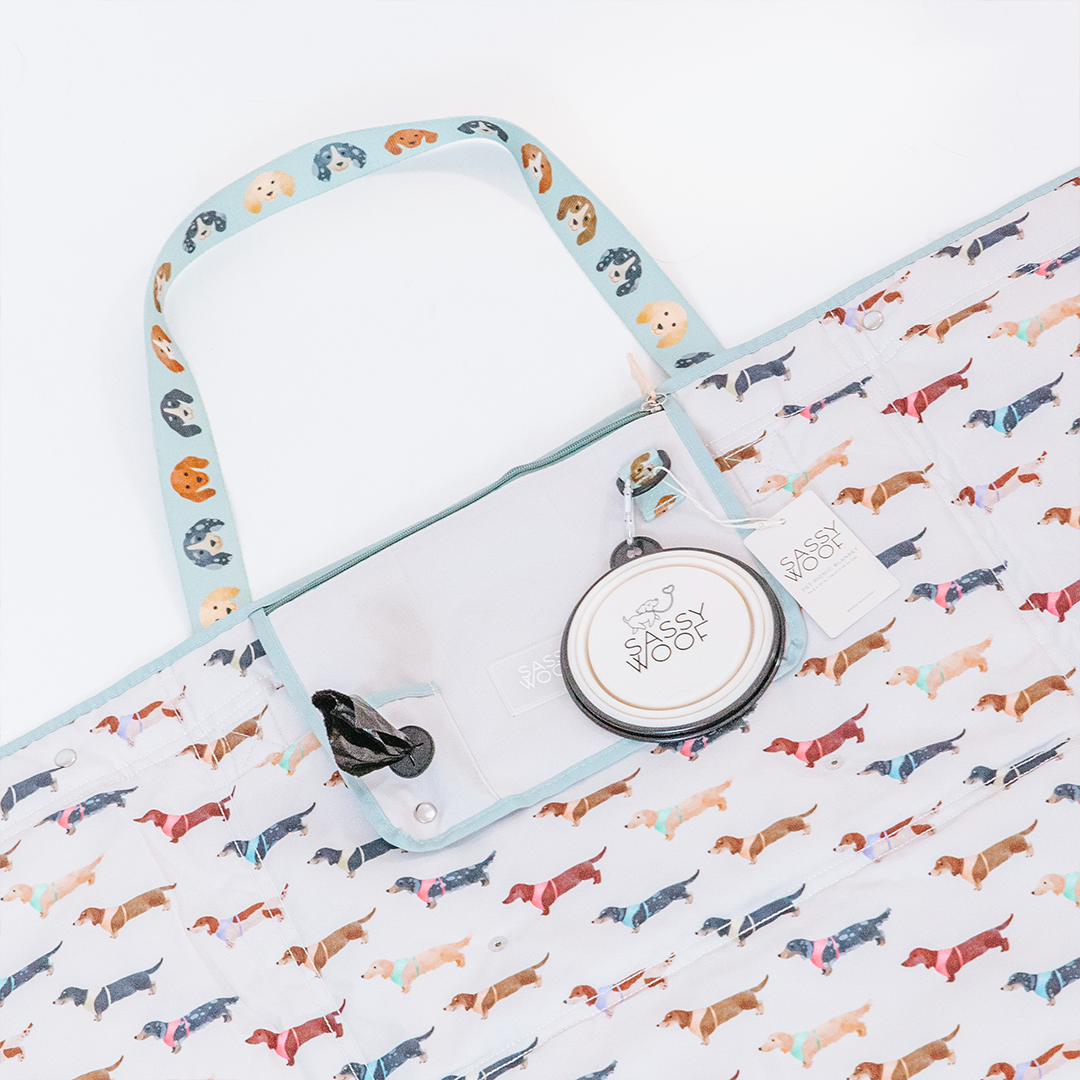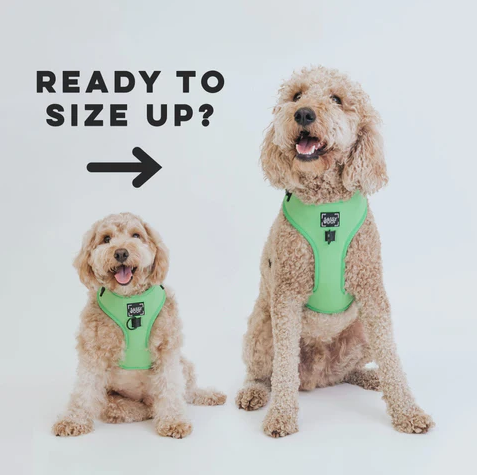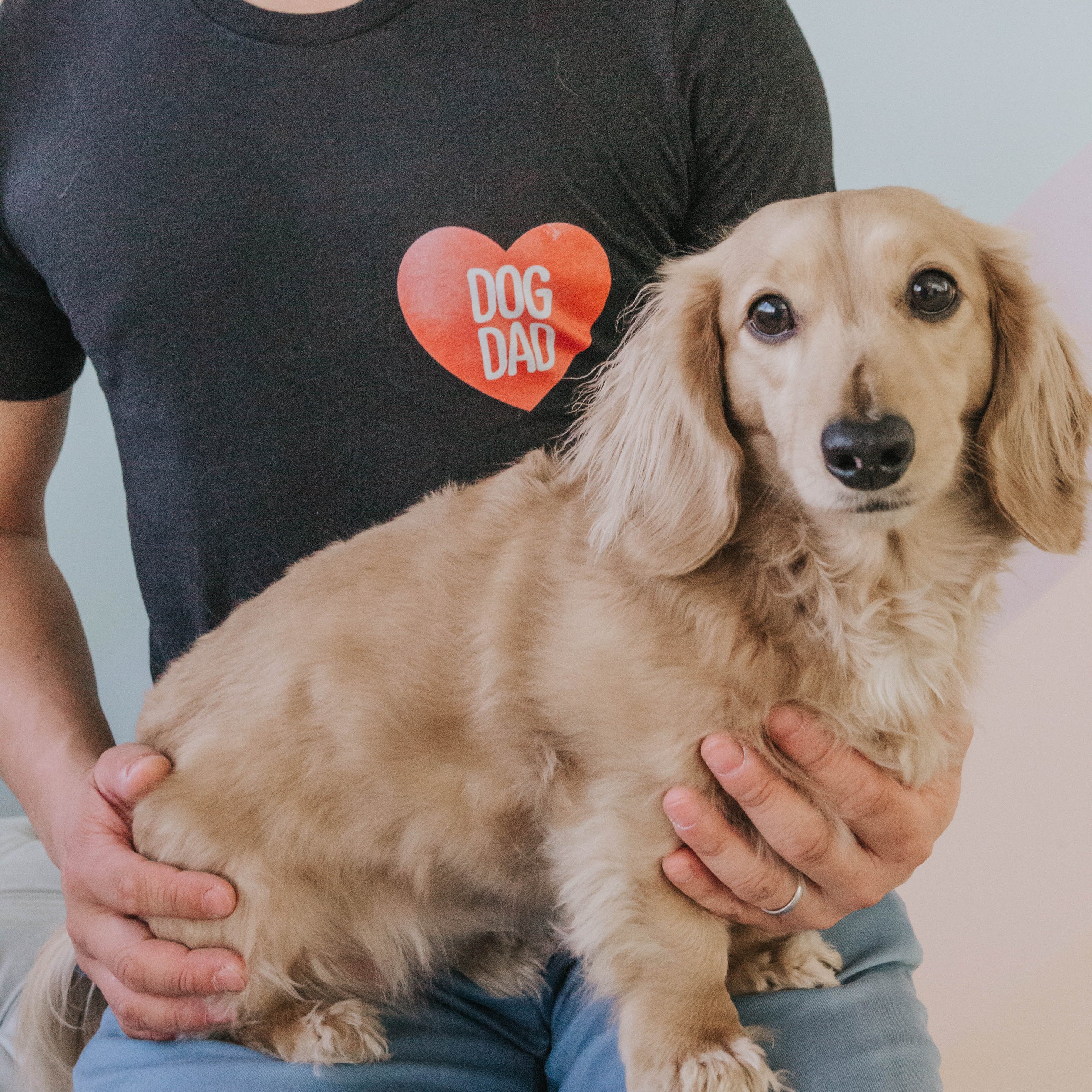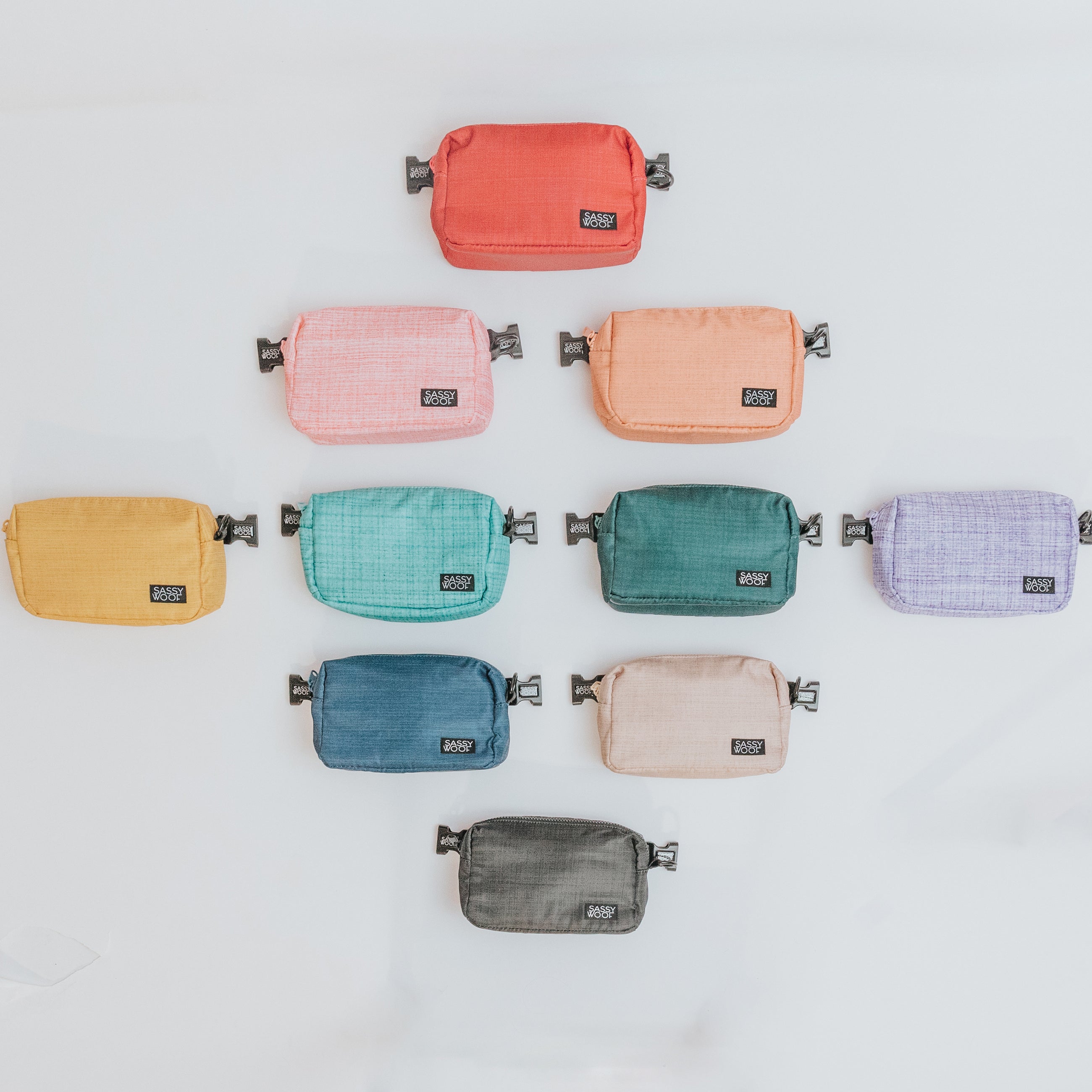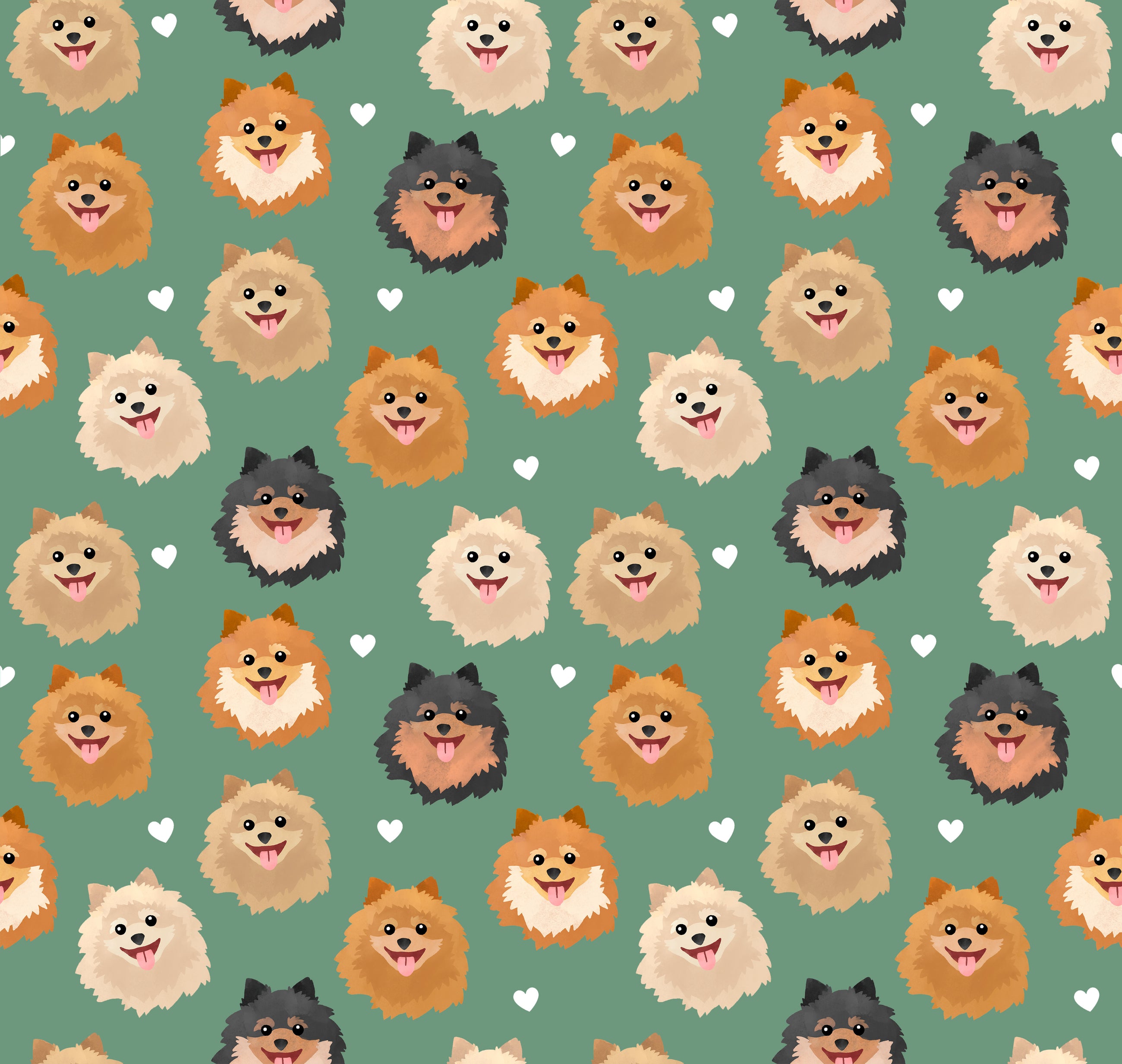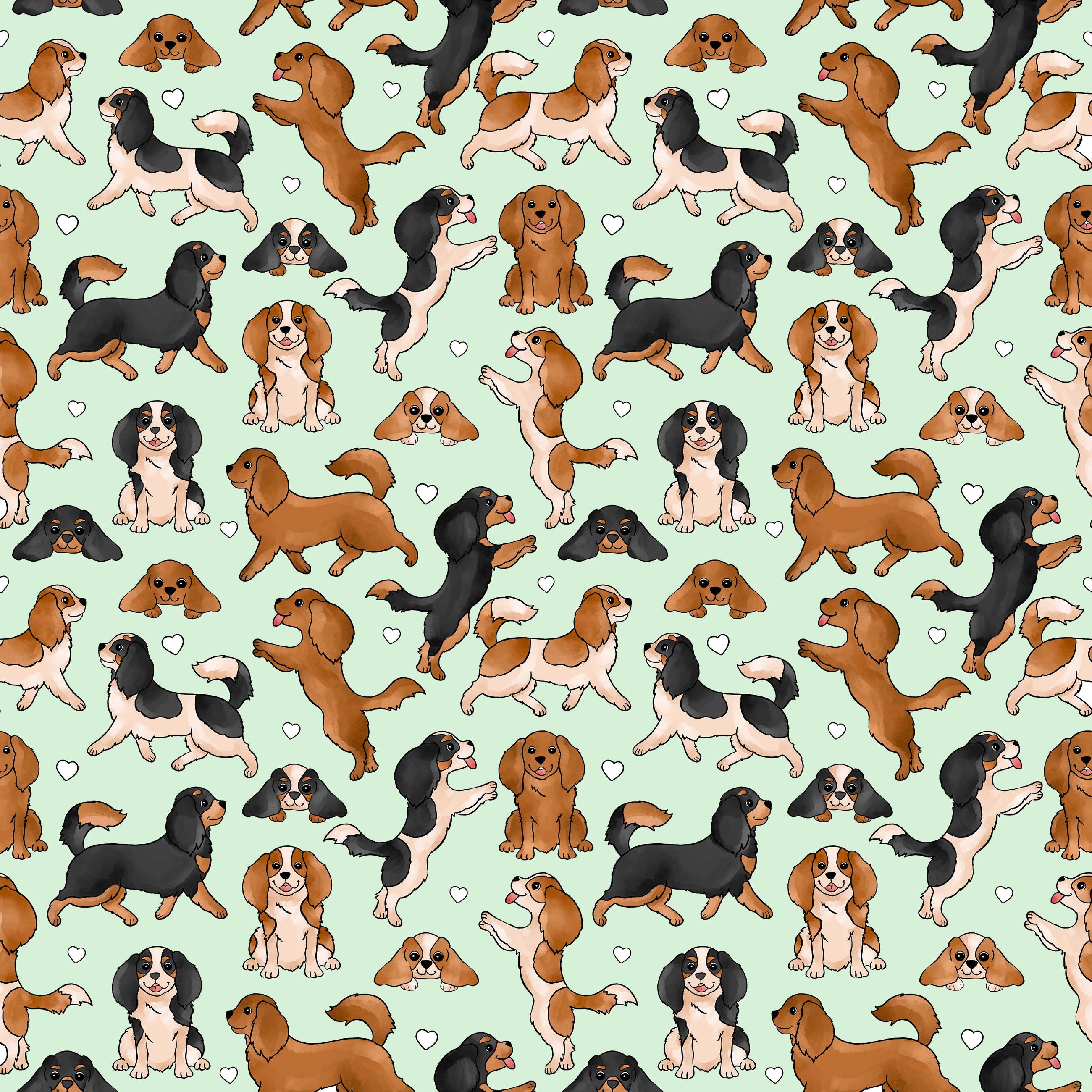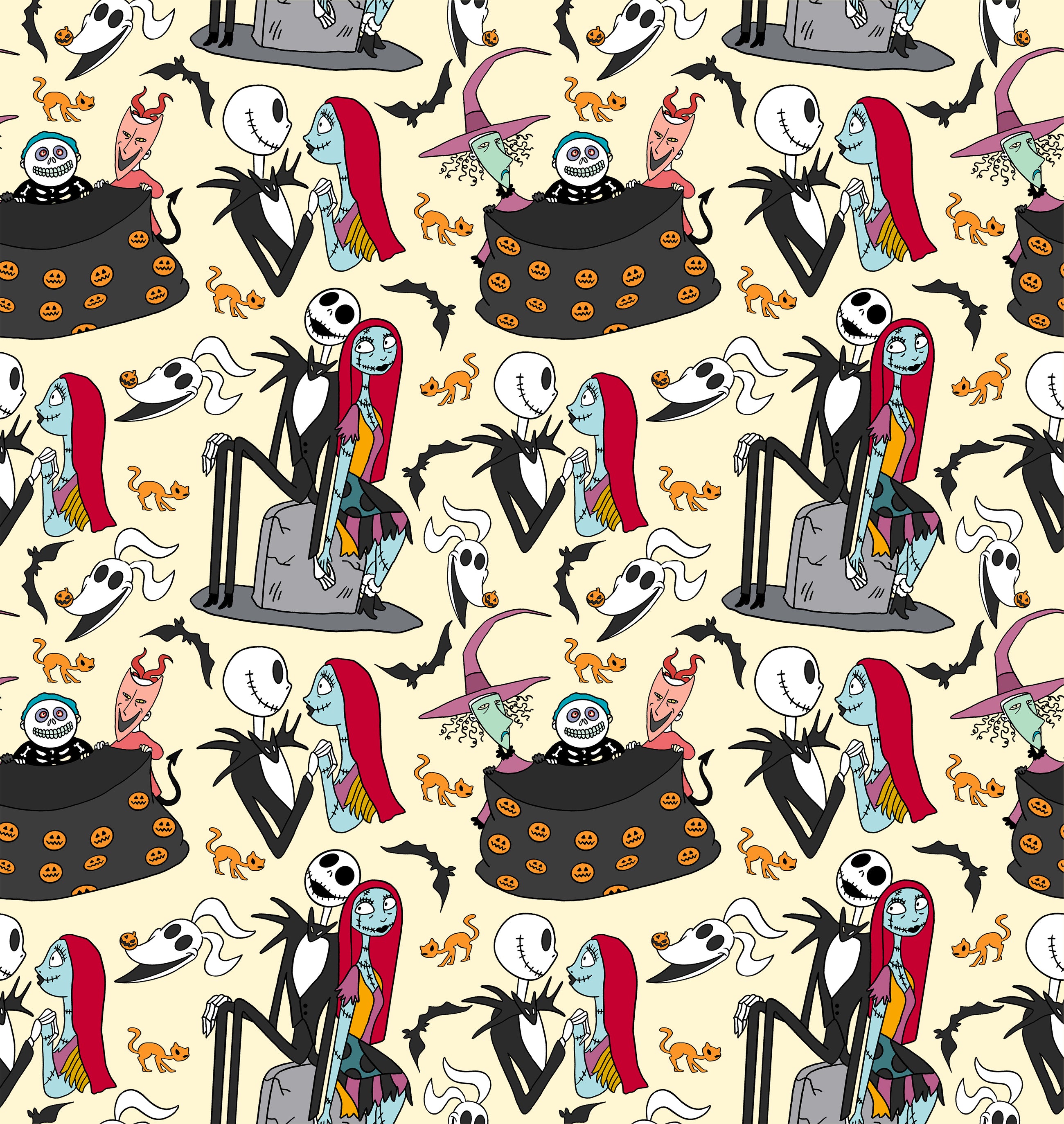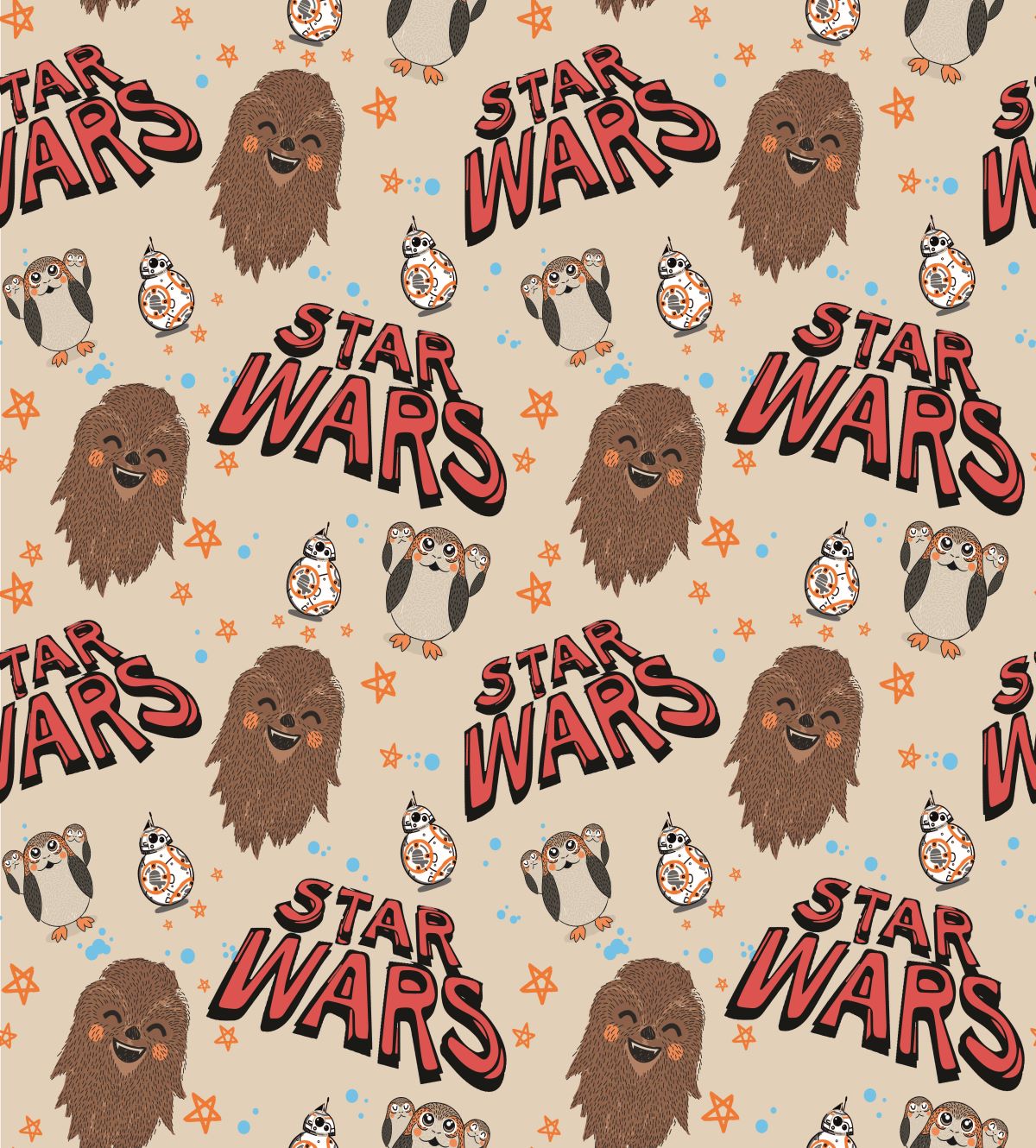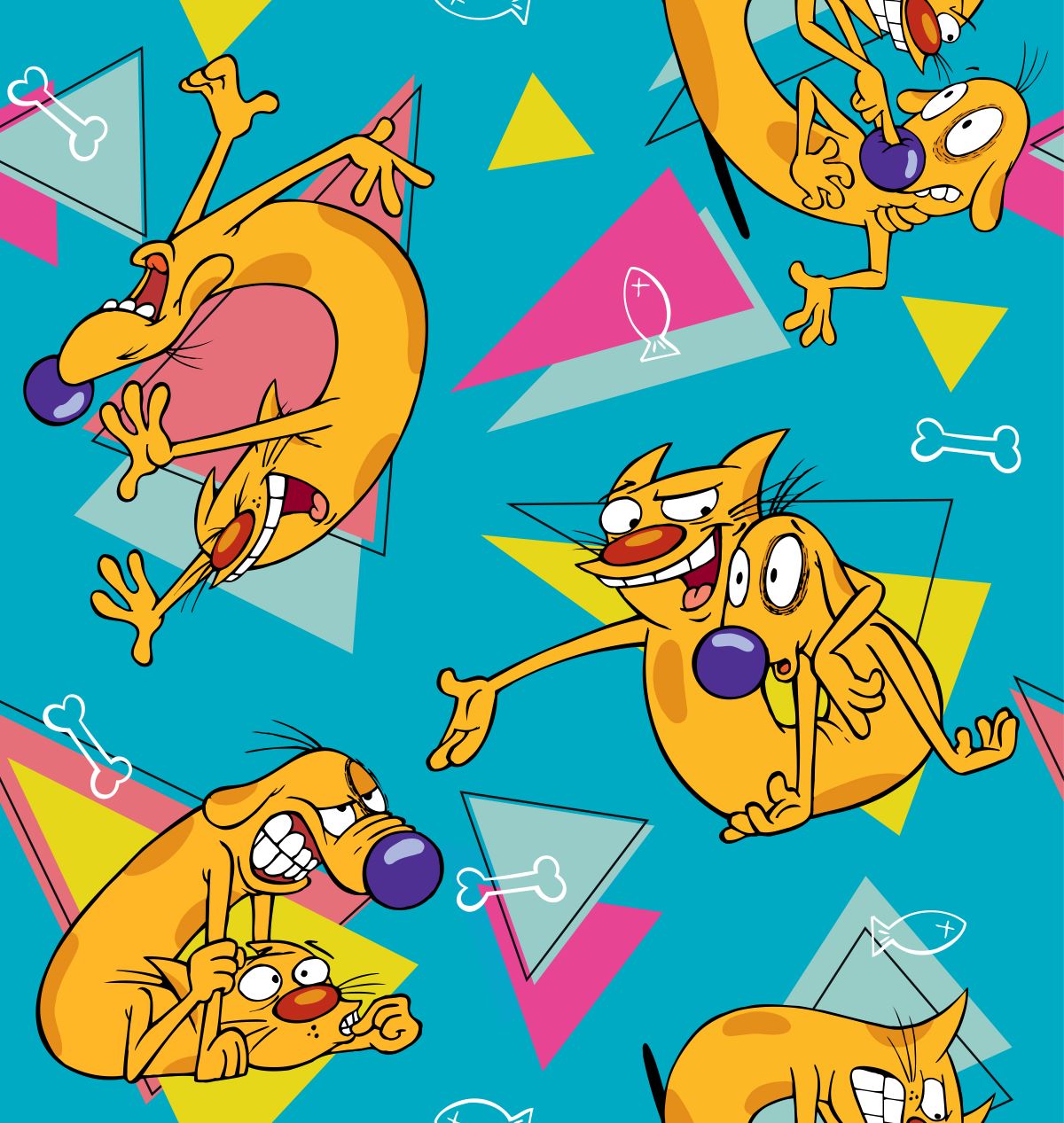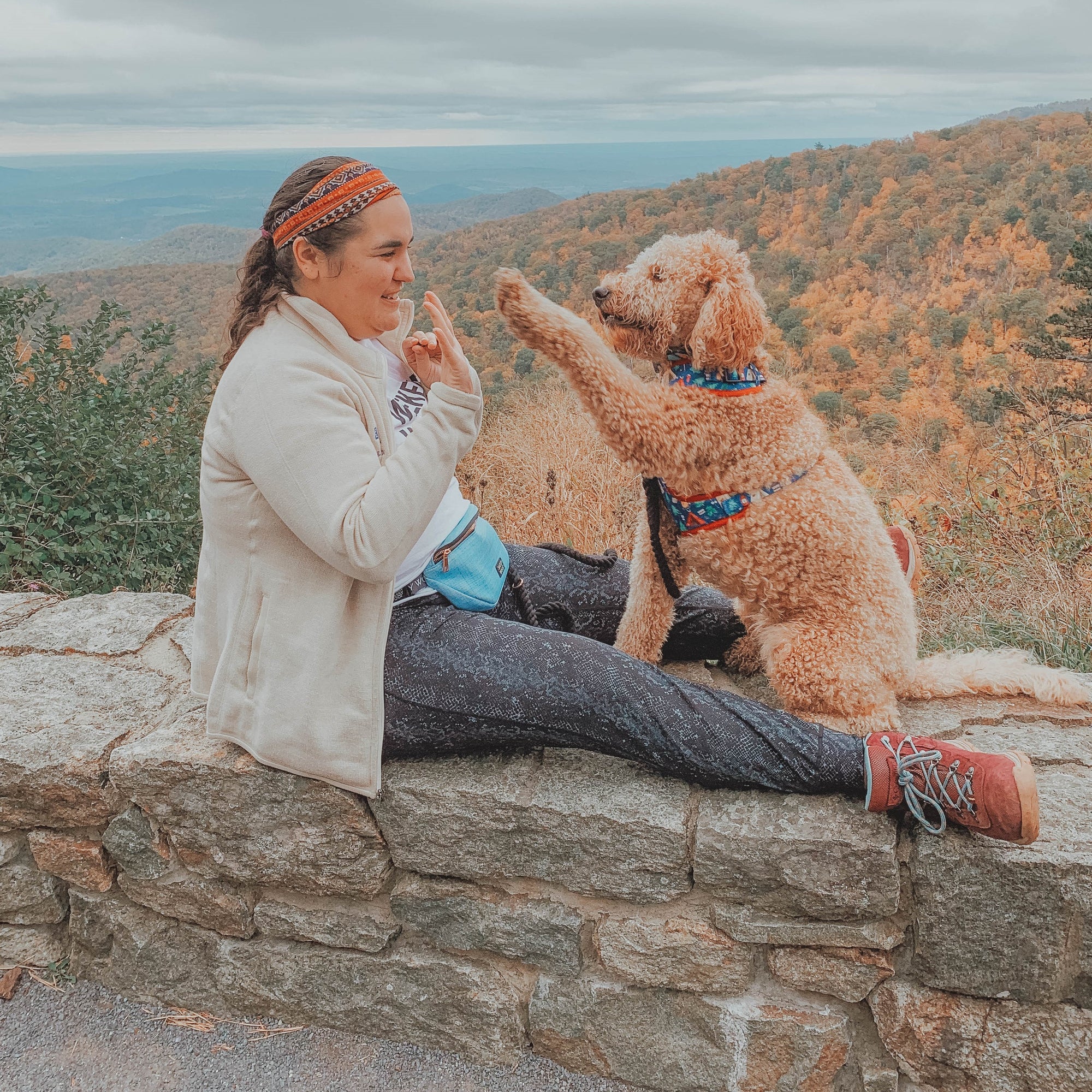Basic Types of Training & When You Want it
Obedience: At an early age, obedience training is valuable for your dog to understand social situations and listening.
Behavioral: This can be done at any time to help your dog unlearn some specific bad behaviors such as, digging, jumping, barking…you get it!

Specific Types of Training (often for career dogs)
Tracking: Teaching your dog to use it’s nose to track down a specific scent.
Therapy: Different from a service dog, a therapy dog is used for comfort.
Agility: Teaching your dog how to run through obstacle courses! This can be used for events, or just for fun!
Service: A service dog goes through training to legally assist a human in need.
Protection: Teaching your pup to be a guard dog!
Retrieving: Often used for hunting, your dog is trained to gently retrieve whatever item is needed!
There are also a handful of other specific types of training, or lessons if you're interested!
Training Approaches
Science-based: Taking emotions out of it, science-based is basically saying, what does science say is the best way to get the desired result?
Relationship-based: With this approach, you take your dog’s feelings into account when training.
Positive Reinforcement: This has become more popular as science has proven its many benefits, including the bond it creates with your pup.
E-Collar: Also a form of positive reinforcement, this is a little bit of the opposite of clicking. With the e-collar, you introduce pain or discomfort when the dog is doing what they should not be doing.
Clicking: Seen as a subset to positive reinforcement, the idea of this approach is to use a clicker to let your dog know when they’re doing what they’re supposed to.
Dominance: Popular in the past, science has proven this approach can be dangerous and problematic in the long run.
You can do the research, choose the way you’d like to train your dog & do it yourself, OR there are thousands of amazing trainers around that will be happy to help with whatever skill your pup needs! However, it is important, as the trainer will tell you, that you're a part of the training! Thumbtack is a great resource for finding a trainer near you!


















